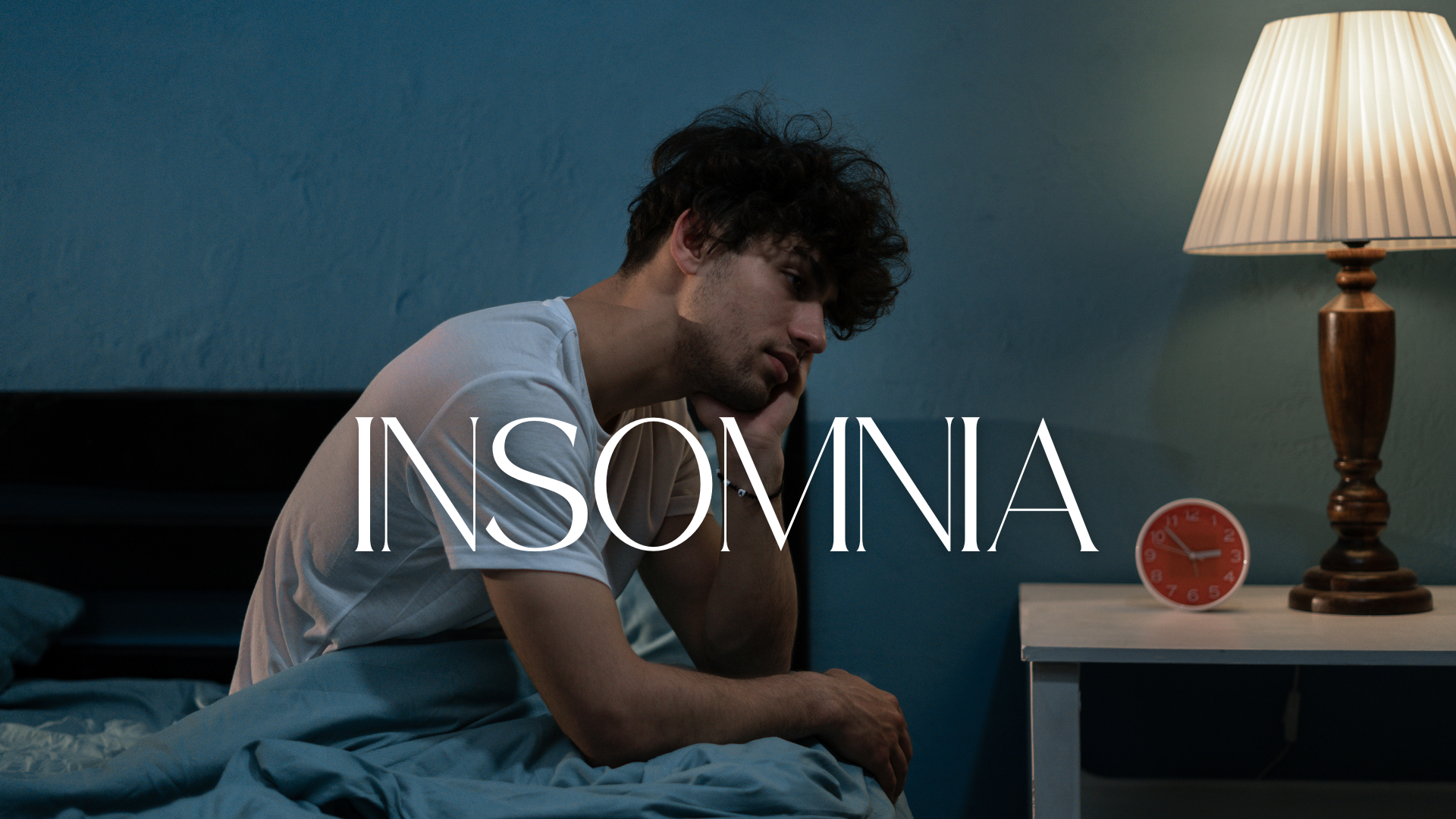Although many homes deal with mold, it is a frequent problem surrounded by many misunderstandings and false ideas. Maintaining a secure and healthy home environment depends on one knowing the facts about mold repair. We will refute the most common misconceptions regarding mold repair in this post and present you correct knowledge to guide your decisions. Let’s delve into the realm of unproven mold restoration!
Introduction to Mold Restoration
Mold can grow in any home given the right conditions—moisture, warmth, and organic material. It’s not just a problem for older homes; new constructions can also fall victim to mold if they provide an environment conducive to its growth. This article aims to debunk common myths about mold restoration, shedding light on the facts to ensure you know how to handle and prevent mold issues effectively.
Myth 1: Mold is Only a Problem in Older Homes
The Myth
Many people believe that mold only affects older homes, assuming that newer constructions are immune to mold problems.
The Facts
Mold does not discriminate based on building age. Any house where the conditions are suitable will allow it to flourish. Found in dwellings of any age, moisture is the main element causing mold development. Like older homes, new homes can have leaks, humidity problems, or inadequate ventilation that might encourage mold.
Examples
- New Construction: Even newly built homes can have moisture problems, often due to poor construction practices or materials that retain moisture.
- Modern Homes: High-efficiency homes designed to be airtight can trap moisture inside, providing a perfect environment for mold growth.
Myth 2: Bleach Kills Mold Completely
The Myth
It’s a common belief that bleach can kill mold completely, making it a go-to solution for mold removal.
The Facts
While bleach kills surface mold, it does not deal with mold spores buried deep within porous materials like drywall or wood. Furthermore ineffective in stopping mold from returning is bleach. Effective mold removal depends on applying techniques that pierce porous materials and eradicate the root source of the mold issue, such as moisture.
Alternative Solutions
- Professional Remediation: Hiring a professional ensures thorough mold removal, including addressing hidden mold and preventing recurrence.
- Specialized Products: Use mold removal products specifically designed to penetrate and eliminate mold at the source.
Myth 3: Small Amounts of Mold Are Harmless
The Myth
Some homeowners believe that small mold infestations are not a cause for concern and can be ignored.
The Facts
There are major health hazards even from minute levels of mold. Spores from mold float into the air and can aggravate allergies, respiratory problems, and other medical conditions. Early mold prevention is vital to avoid health hazards and additional spread regardless of the size of the infestation.
Health Implications
- Respiratory Issues: Mold spores can cause coughing, sneezing, and respiratory problems, especially in individuals with asthma or allergies.
- Allergic Reactions: Mold exposure can lead to symptoms such as runny nose, itchy eyes, and skin rashes.
Myth 4: You Can Always See Mold
The Myth
Many people think that if they can’t see mold, it’s not a problem.
The Facts
Mold often grows in hidden places like behind walls, under flooring, or inside HVAC systems. Just because you can’t see mold doesn’t mean it’s not there. Unseen mold can cause the same health issues and structural damage as visible mold. Professional inspections are crucial to detect hidden mold.
Signs of Hidden Mold
- Musty Odor: A persistent musty smell can indicate hidden mold.
- Water Damage: Signs of water damage or staining can suggest mold growth behind surfaces.
- Health Symptoms: Unexplained health issues among household members can be a sign of hidden mold.
Myth 5: Mold Restoration is a DIY Job
The Myth
DIY enthusiasts often believe they can handle mold restoration on their own without professional help.
The Facts
While minor mold issues can sometimes be managed with DIY methods, professional mold restoration is often necessary for thorough and safe removal. DIY attempts can disturb mold spores, causing them to spread and potentially worsen the problem. Professionals have the expertise and equipment to handle mold safely and effectively.
Dangers of DIY Mold Removal
- Spreading Spores: Disturbing mold can release spores into the air, leading to wider contamination.
- Incomplete Removal: DIY methods often fail to address the root cause of mold, allowing it to return.
Benefits of Hiring Professionals
- Thorough Inspection: Professionals can identify all affected areas, including hidden mold.
- Safe Removal: Specialized equipment and techniques ensure mold is removed safely without spreading spores.
Conclusion
One important chore that calls for professional handling and appropriate knowledge is mold repair. We want to help you to better manage and stop mold in your house by dispelling some common misconceptions. Remember that mold can strike any house; so, your health and safety depend on early, correct treatment of any house.
Call to Action
If you suspect mold in your home, don’t wait until it becomes a major problem. Contact a professional mold restoration service to ensure thorough and effective removal. Protect your home and health by staying informed and taking proactive steps against mold.


